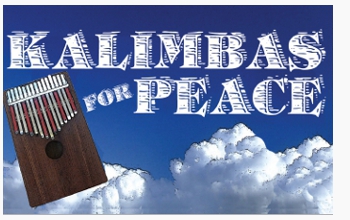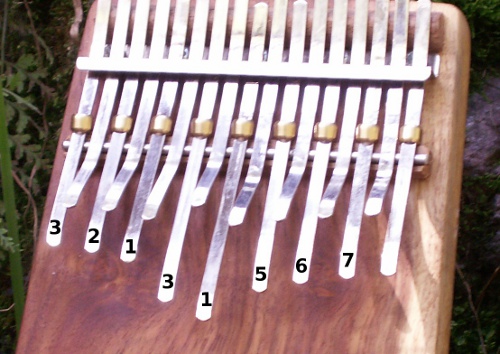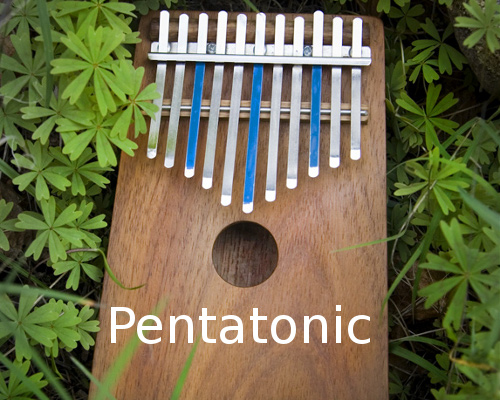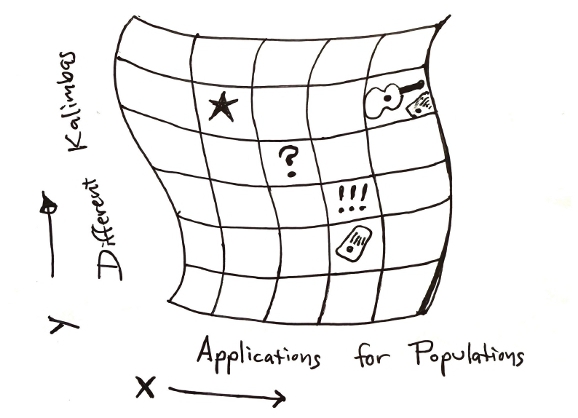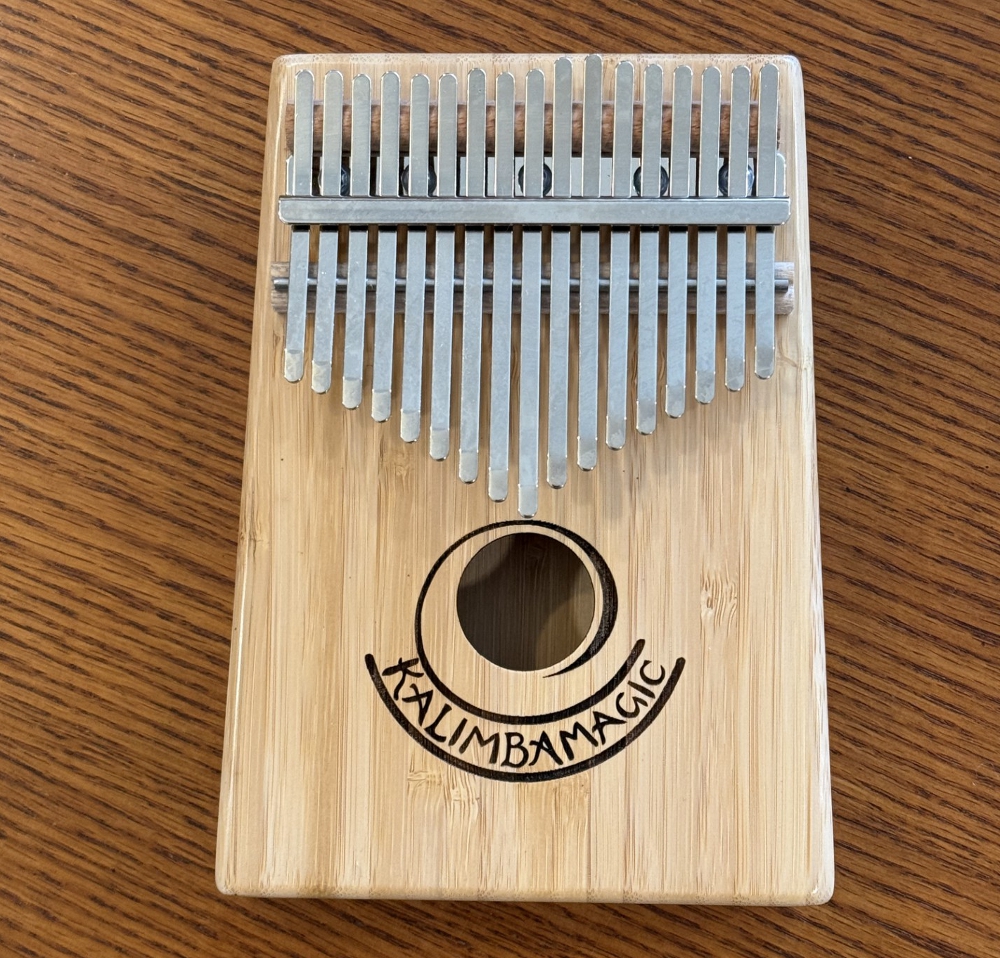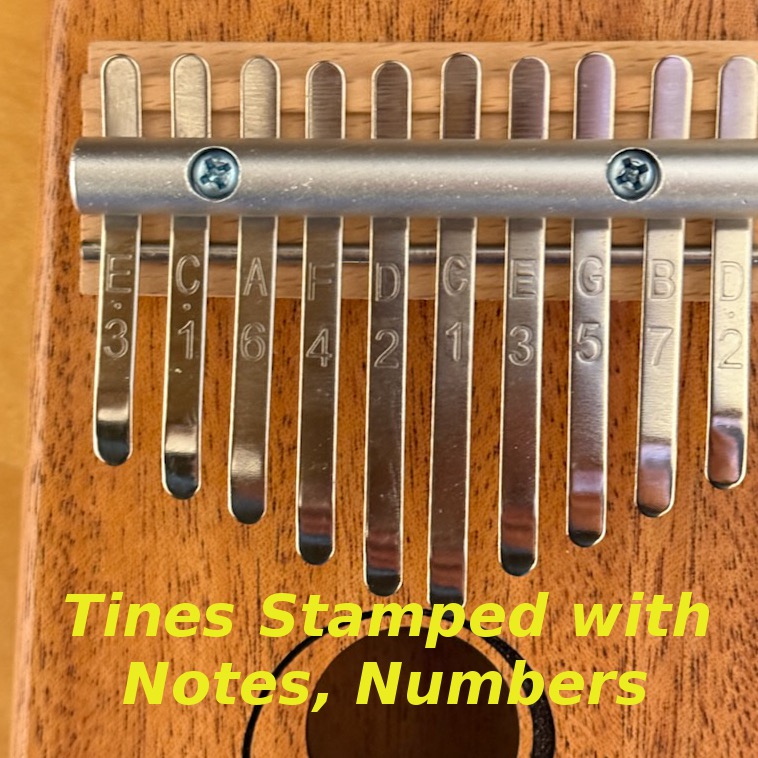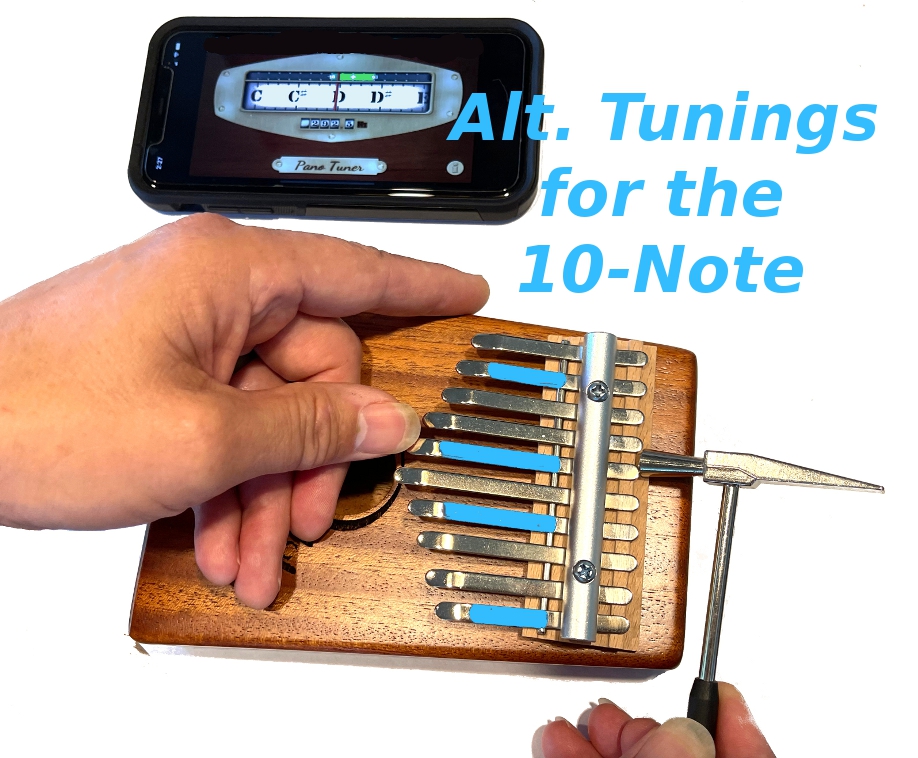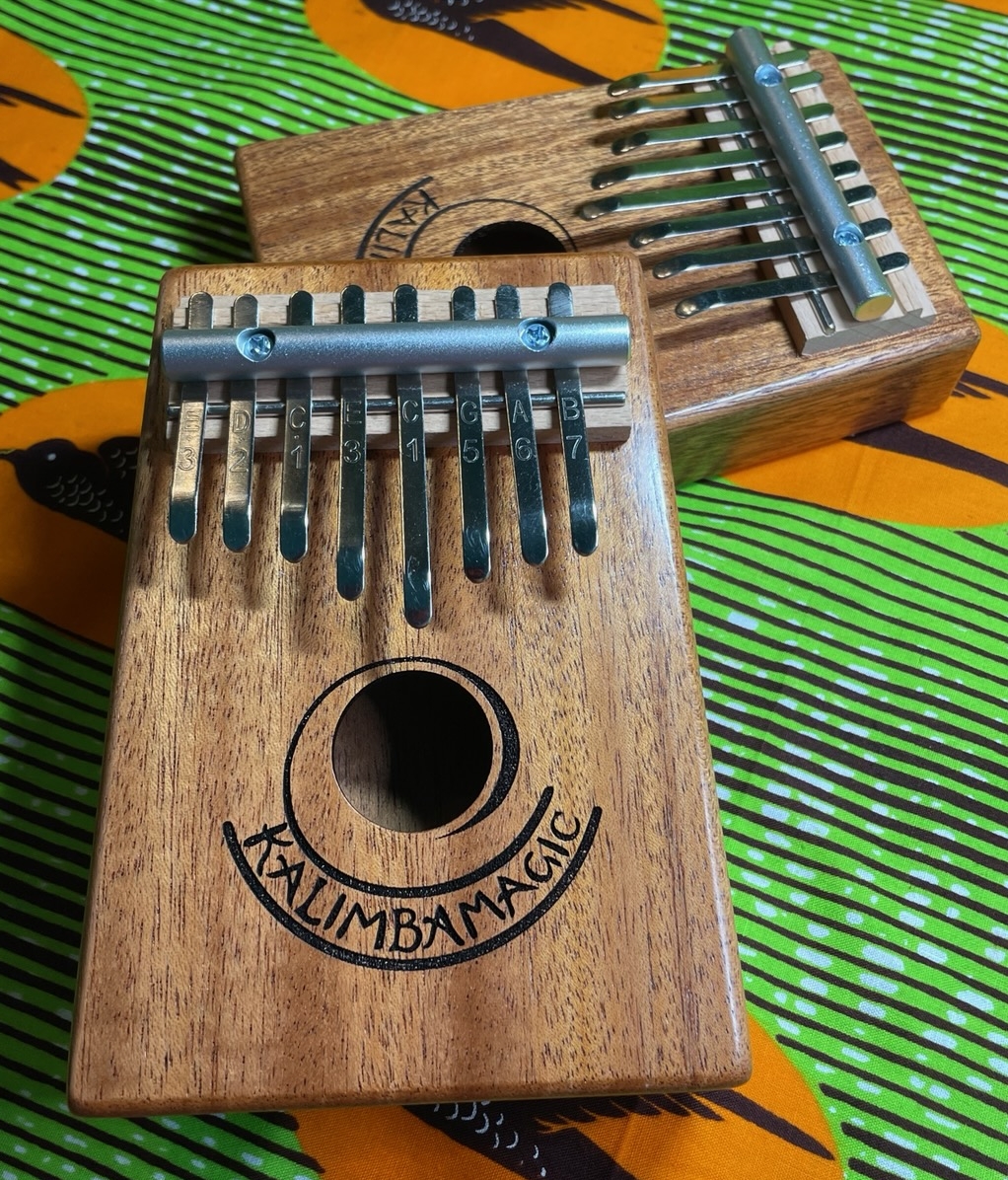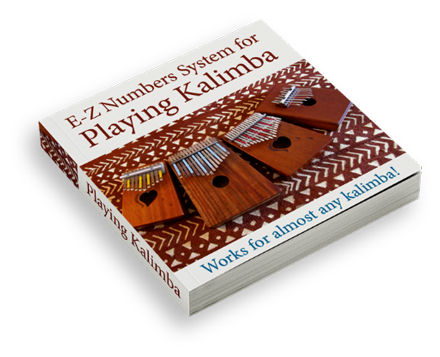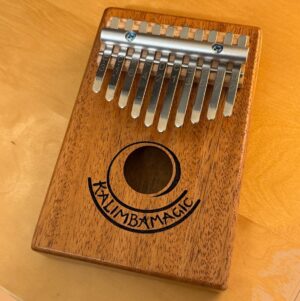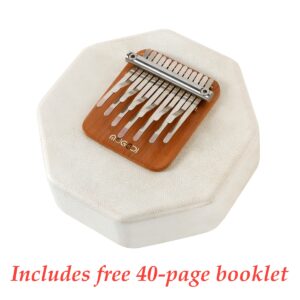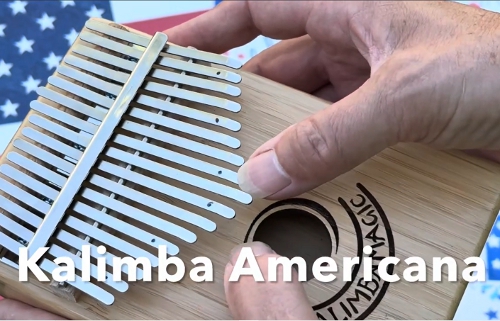
Patriotic and American Music for Kalimba
The Battle Hymn of the Republic, on 17/C Kalimba As a retired kalimba master, I have been doing a lot of music performances at elder care facilities. While I can get through a one hour performance with 15-20 songs, I need to have a lot more than that up my sleeve: not everyone I play for has a bad memory! If I play the same songs each week, some of the residents will catch on, and I might lose my dream job of playing for people and bringing them joy. One simple way to keep a diverse song list is to pay attention to the calendar. For example, you
